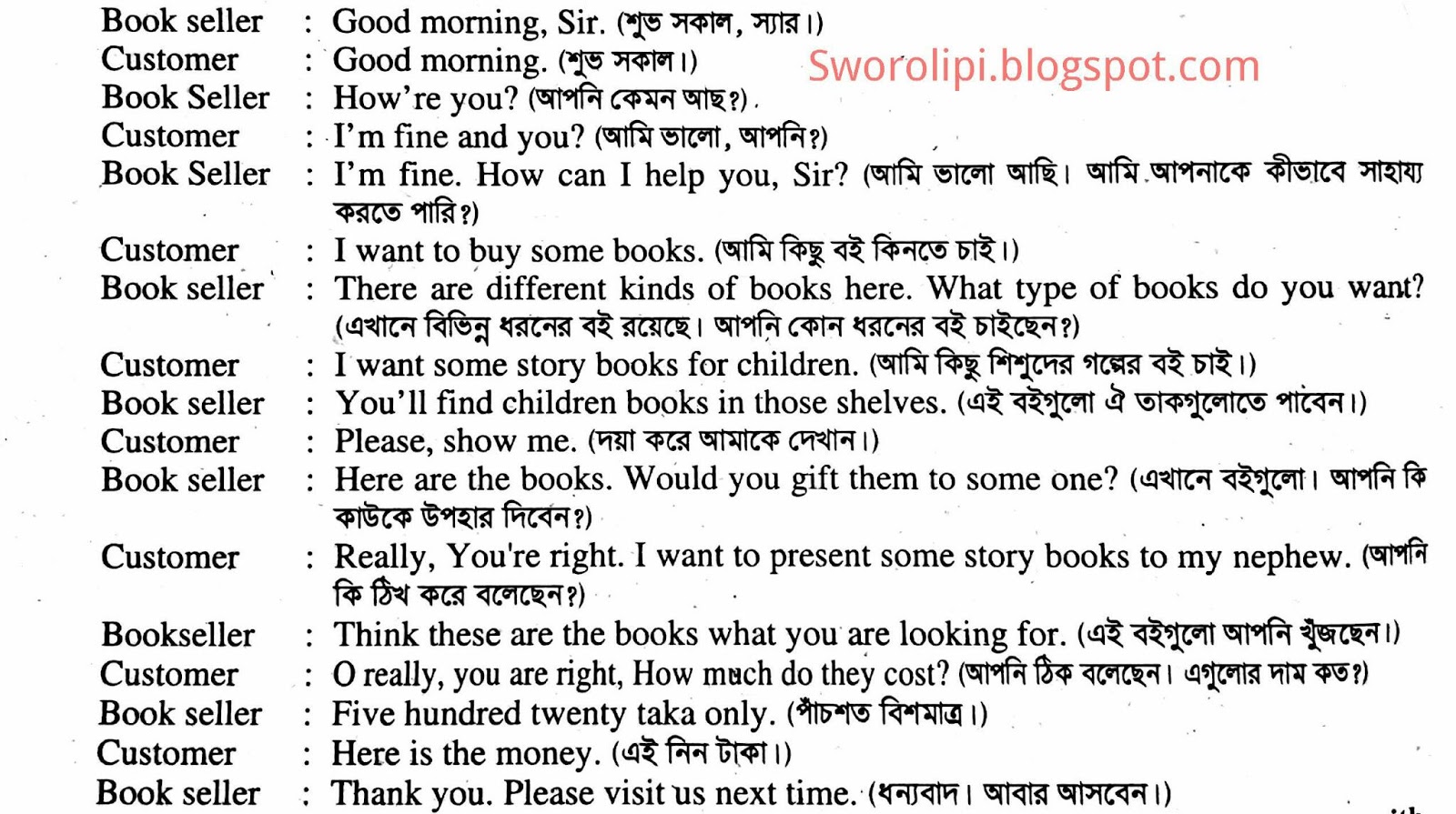

- #AN AUTHOR MAY USE DIALOGUE TO PROVIDE THE READER WITH SKIN#
- #AN AUTHOR MAY USE DIALOGUE TO PROVIDE THE READER WITH PLUS#
The stone steps were ancient, worn smooth, their valleyed centres ready to trip him up. The most often used person in point of view (according to several blogs and other sources) is third-person POV (where narration uses he/she/they or gender-neutral, third-person pronouns).

In narration, person helps us understand the connection between characters and the action – for example, whether the person narrating the story is directly involved in the action or the narrator is standing outside the action, looking in (more on involved vs objective narrators below). For example, if I say ‘I’ll give the letter to him’ to someone, the person I’m speaking to (the addressee) knows I will not give the letter to them, because I did not say ‘to you’. ‘Person’ in grammar is what helps us understand who is speaking, who is being spoken to or about, and who is neither speaking nor being spoken about. 36 Points of view and the meaning of ‘person’
#AN AUTHOR MAY USE DIALOGUE TO PROVIDE THE READER WITH SKIN#
You never really understand a person until you consider things from his point of view… Until you climb inside of his skin and walk around in it. As Harper Lee says in To Kill a Mockingbird: Reading a story via a character’s point of view helps us understand them, through what they say (and what they leave out) and experience. He is thus the viewpoint narrator (no other character gives their own perspective, except via what Holden shares). Viewpoint narrator means the character whose perspective we are currently reading (or group of characters).įor example, Holden Caulfield, the protagonist of JD Salinger’s Catcher in the Rye (1951), narrates the opening chapter (and the rest of the story). For example, a first person narrator shares their perspective of events using the pronouns ‘I’, ‘me’ and ‘my’. Point of view means the perspective from which a story is told. From there, we’ll discuss ten tips to use point of view in your story like a pro. In this guide, we’ll begin by exploring what point of view is and involved vs objective narrators.

#AN AUTHOR MAY USE DIALOGUE TO PROVIDE THE READER WITH PLUS#
Read a complete guide to point of view including first person, second and third, plus objective point of view, with definitions and examples: Contents of this POV guide Yet point of view is an important element of storytelling. But that wonderful momentum when we’re fully immersed in the scene, holding our breath to find out what our protagonist says next, is lost.Perspective writing is an aspect of narration many writers struggle with. We adjust our understanding of the scene, reposition our heroine in our mind, and begin again. When we reach the end of a sentence and find out our leading lady has actually wailed instead of whispered, it pulls us right out of the story. What’s more, just as no two actors will deliver a line of dialogue the exact same way, readers may not initially imagine a particular line being “wailed.” Perhaps we envisioned her whispering her anguished response through tears perhaps we imagine her voice breaking as she struggles to get the words out. (Aside from lighting professionals and true theater geeks, no one walks out of a production saying, “By Jove, the lighting in that play was extraordinary.”)Ĭreating a successful work of fiction is about giving the reader all the materials they need to build your fictional world in their mind and not a scrap more. Dialogue tags are akin to lighting in a Broadway play: Without it, the audience would have no idea what was going on, but it usually strives to illuminate without calling too much attention to itself. It’s part of a story’s experience, but it’s not part of the story itself, nor should it be treated as such. A dialogue tag is a mere signpost along the narrative journey, gently indicating who said what.


 0 kommentar(er)
0 kommentar(er)
